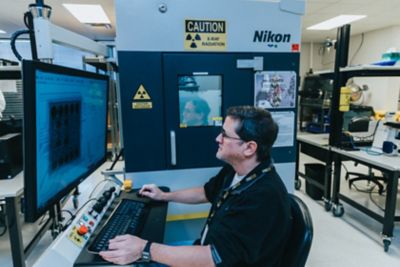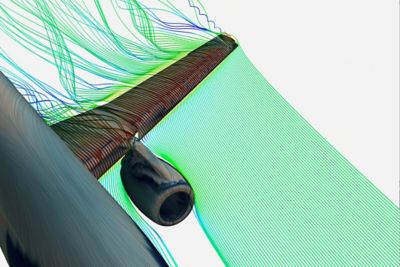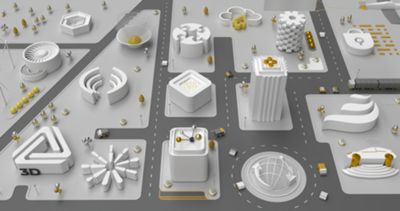-
United States -
United Kingdom -
India -
France -
Deutschland -
Italia -
日本 -
대한민국 -
中国 -
台灣
-
Ansys is committed to setting today's students up for success, by providing free simulation engineering software to students.
-
Ansys is committed to setting today's students up for success, by providing free simulation engineering software to students.
-
Ansys is committed to setting today's students up for success, by providing free simulation engineering software to students.
-
Contact Us -
Careers -
Students and Academic -
For United States and Canada
+1 844.462.6797
ANSYS BLOG
August 30, 2022
Foundations and Integrations of Computational Electromagnetics for EMA3D EM Simulation Tools
The increasing electrification and digitalization of almost everything we use in our personal and professional lives, along with their growing interconnectivity through both wired and wireless links, has transformed modern living over the last 40 years on a global scale. Along with these changes have come variations in users, usage models, functionality requirements, environmental hazards, and attendant safety regulations, with all these factors distilling down to comprehensive and lengthy design specifications for hardware and software engineering teams.
Whether the product is a handheld device, an automobile, an aircraft, or anything in between, the product’s functionality and connectivity present designers with age-old problems in circuit and electronic system design: the accumulation of static charge, electromagnetic interference with nearby circuits and signal nets, and random, damaging discharges. Physical prototyping has evolved over time to explore these problems and their sources, but such costly testing and verification stratagems are compromised by real-world constraints of development cycles, budgets, and environmental reproducibility.
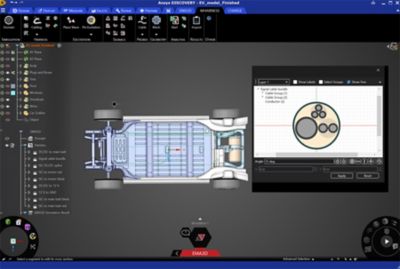
Figure 1. Ansys EMA3D Cable integration with Ansys Discovery
Implications to Electromagnetic Simulation
Because of technical, financial, and time constraints imposed on today’s development projects, eliminating physical prototypes and verifying designs via simulation has turned into a competitive necessity. To support this, mechanical and electronic designs from standard design software must be seamlessly imported into electromagnetic (EM) simulators, requiring dependable application programming interface (API) frameworks between multiple tools.
The functional requirements demanded of EM simulators have become increasingly rigorous. Geometry representation, meshing, and changes in parameters must be robust and executable without human intervention. Such capabilities reinforce a streamlined design process, facilitating automation of optimization techniques and the refining of designs against predefined acceptance criteria.
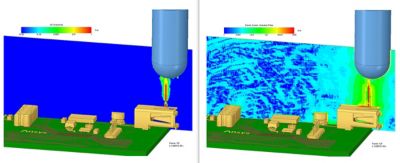
Figure 2. EMA3D Charge monitoring probes for nonlinear air chemistry
Foundations and Integrations of EMA3D Tools and in EMD Designs
In the new Ansys Foundations and Integrations series of webinars, we will explore the fundamental concepts and capabilities behind workflows in the Ansys EMA3D family of products and how they provide unique solutions for some of the most difficult problems in EM simulation today.
The first webinar will detail the numerical solvers employed by Ansys EMA3D Cable and Ansys EMA3D Charge, including time domain solutions of Maxwell’s equations in three dimensions, how the tools capture complex geometries over varying scales, and the employment of grid-based modeling in 3D. The webinar will then describe the application of multiconductor transmission line theory for cables and the implementation of transient time domain circuit analysis while co-simulating with 3D solvers. This employs nonlinear mathematical terms and real-time multiphysics co-simulation of EM phenomena at the individual charged particle level and modeling the fluid dynamics of high-energy charged plasmas. Finally, the first presentation will illustrate the many Ansys tools with which EMA3D Charge and EMA3D Cable are integrated to support full multiphysics simulations of sophisticated product designs.
EMA3D Cable will be the centerpiece of the second webinar, with the simulator exercising its numerical solver strengths in electromagnetic interference (EMI)/electromagnetic compatibility (EMC) modeling and simulation, as well as demonstrating how its integrations with tools such as Ansys Discovery and Ansys HFSS facilitate multiphysics solutions for EMC design efforts.
The third webinar will shift focus to EMA3D Charge, demonstrating through its numerical methods, modeling capabilities and integrations with and Ansys Fluent the ability of EMA3D Charge to model and simulate EM phenomena for space applications well beyond what other EM simulators can even approach.
Learn more about the Foundations and Integrations for Ansys EMA3D Tools webinar series and watch the individual webinars.
Resources
- Why 50% of Products Fail EMC Testing the First Time, Intertek Testing Services NA Inc.







